Introduction
Mount Fuji, or Fuji-san, is Japan’s most iconic and revered natural landmark, and a must-see for any visitor to the country. But what makes this mountain so special and fascinating? Here are 10 of the most unique features of Mount Fuji, from its origin and meaning to its legends and secrets.
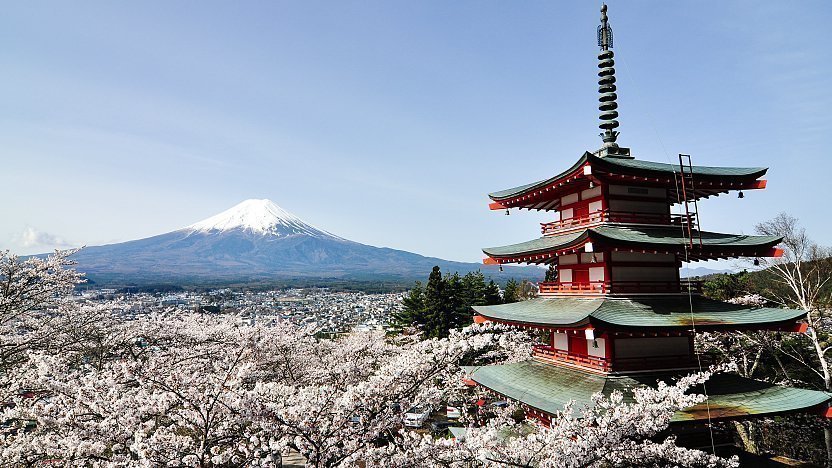
1. It is a Composite Volcano
Mount Fuji is not just a single volcano, but a composite of three volcanoes stacked on top of each other. The oldest and lowest layer is Komitake, which formed about 700,000 years ago. The middle layer is Kofuji, which formed about 100,000 years ago. The youngest and highest layer is Fuji, which formed about 10,000 years ago. The three layers have different compositions and shapes, and they create the distinctive profile of Mount Fuji that we see today.
2. It is an Active Volcano
Despite not erupting since 1707, Mount Fuji remains classified as an active volcano, having experienced at least 16 eruptions in the last 10,000 years. The last eruption, known as the Hoei eruption, was the largest and most destructive in recorded history. It lasted for 16 days and produced a large amount of ash and lava that covered the surrounding area and reached as far as Edo (now Tokyo), about 100 kilometers away. The eruption also created a new crater on the southeast flank of the mountain, called Hoei-zan, and altered the shape of the summit.
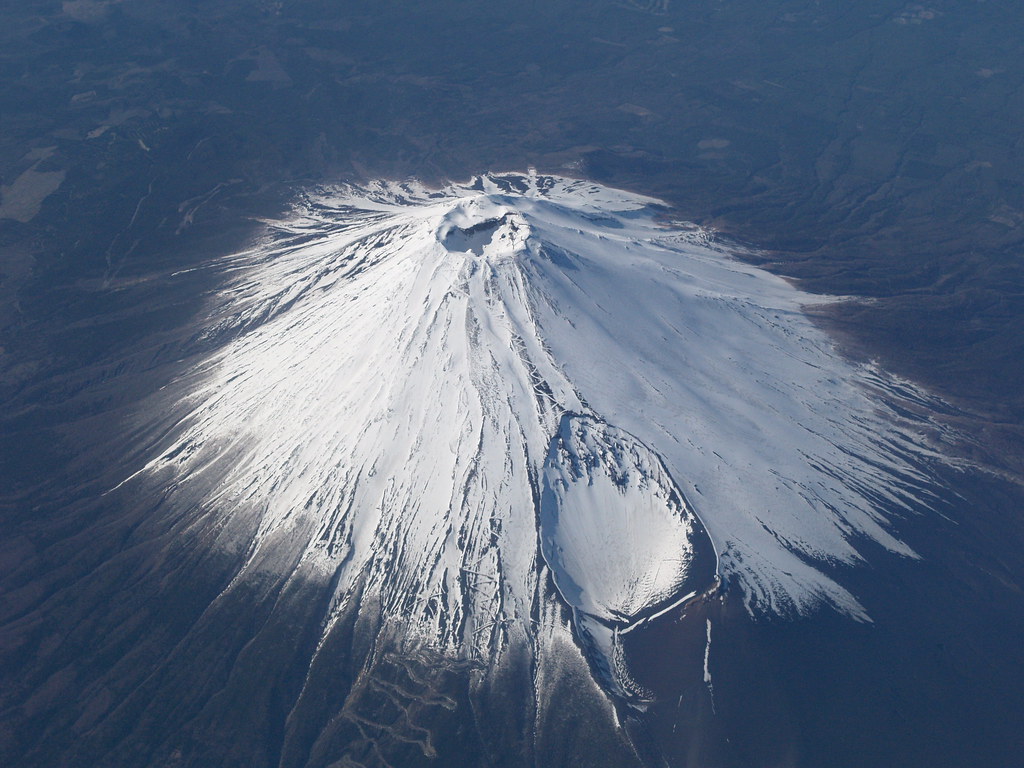
3. It is a Sacred Mountain
Mount Fuji has been regarded as a sacred mountain since ancient times, and it is associated with various deities and beliefs. The main deity of Mount Fuji is Konohanasakuya-hime, the goddess of cherry blossoms and volcanoes. She is said to reside in the summit crater, and her shrine, called Sengen-jinja, is located there. Other deities of Mount Fuji include Asama-no-Okami, the god of fire and volcanoes, and Fuji-no-Yama-no-Kami, the god of the mountain itself. Mount Fuji is also a symbol of Shinto, Buddhism, and folk religions, and it has been a destination for pilgrims and ascetics for centuries.
4. It is a Source of Artistic Inspiration
Mount Fuji has inspired countless artists and poets throughout history, and it is one of the most depicted and celebrated motifs in Japanese art and literature. One of the most famous and influential works of art featuring Mount Fuji is the series of Japanese woodblock prints called Thirty-six Views of Mount Fuji, created by Hokusai in the early 19th century. The series depicts various scenes and perspectives of Mount Fuji, from different seasons, times, and locations. The most iconic and recognizable print is The Great Wave off Kanagawa, which shows a huge wave towering over Mount Fuji in the background. Other notable artists who have portrayed Mount Fuji include Hiroshige, Yoshida, and Hasui.
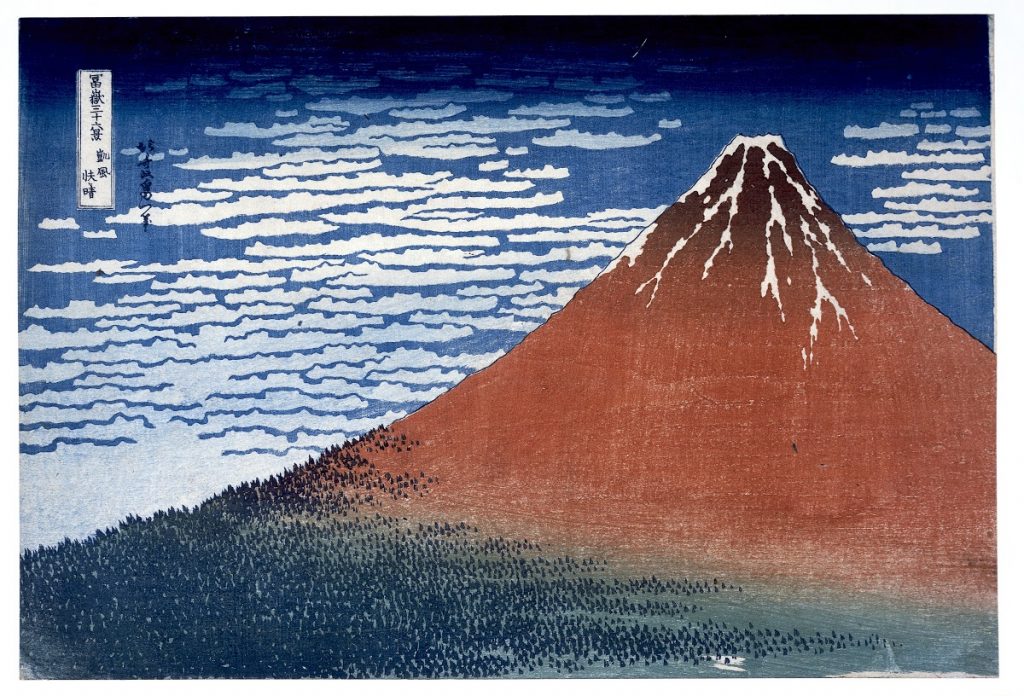
5. It is a Symbol of Japan
Another amazing fact about Mount Fuji is that it’s not only a natural wonder, but also a cultural icon and a national emblem of Japan. It represents the beauty, harmony, and spirit of the country, and it is a source of pride and identity for the Japanese people. Mount Fuji is featured on various symbols and representations of Japan, such as the national flag, the national anthem, the national flower (cherry blossom), the national currency (the 1000 yen note), and the national sport (sumo). Mount Fuji is also a UNESCO World Heritage Site, as a cultural property that reflects the “sacred place and source of artistic inspiration” of Japan.
Here are 9 Reasons for the Importance of Mount Fuji in Japanese Culture.
6. It is Surrounded by Five Lakes
Mount Fuji is not only a majestic sight to behold, but also a rich and diverse ecosystem that supports a variety of flora and fauna. One of the most prominent and attractive features of Mount Fuji’s environment is the five lakes that surround the northern base of the mountain. They are Kawaguchiko, Saiko, Yamanakako, Shojiko, and Motosuko. Each lake has its own charm and characteristics, such as hot springs, museums, amusement parks, camping sites, and hiking trails. The lakes also offer some of the best views and reflections of Mount Fuji, especially during sunrise and sunset.
Here are the 5 Best Places to See Mount Fuji.
7. It is a Popular Climbing Destination
Mount Fuji is not only a stunning sight to admire, but also a challenging and rewarding adventure to experience. Climbing Mount Fuji is a popular and accessible activity for both locals and tourists. Many consider it a rite of passage and a spiritual journey. The official climbing season is from July to September, with stable weather and open, well-maintained trails. There are four main trails that lead to the summit: Yoshida, Subashiri, Gotemba, and Fujinomiya. Each trail has its own difficulty level, distance, and scenery. They all converge at the 8th station, where climbers can rest at a mountain hut and wait for the sunrise. The average climbing time is 5 to 7 hours for the ascent, and 3 to 5 hours for the descent.
8. It is a Home to a Mysterious Forest
Mount Fuji is not only a magnificent mountain, but also a home to a mysterious and intriguing forest. Aokigahara, meaning “sea of trees,” is the name of the forest situated on the northwest base of the mountain. It covers the lava bed of Mount Fuji and is renowned for its unique and eerie characteristics, including dense darkness, lava caves, moss-covered trees, and profound silence. Moreover, it has gained notoriety as a destination for those seeking to end their lives, with a reputation for being haunted by ghosts and spirits. Various books, movies, and documentaries, such as The Sea of Trees, The Forest, and Aokigahara: Suicide Forest, have featured the Aokigahara forest.
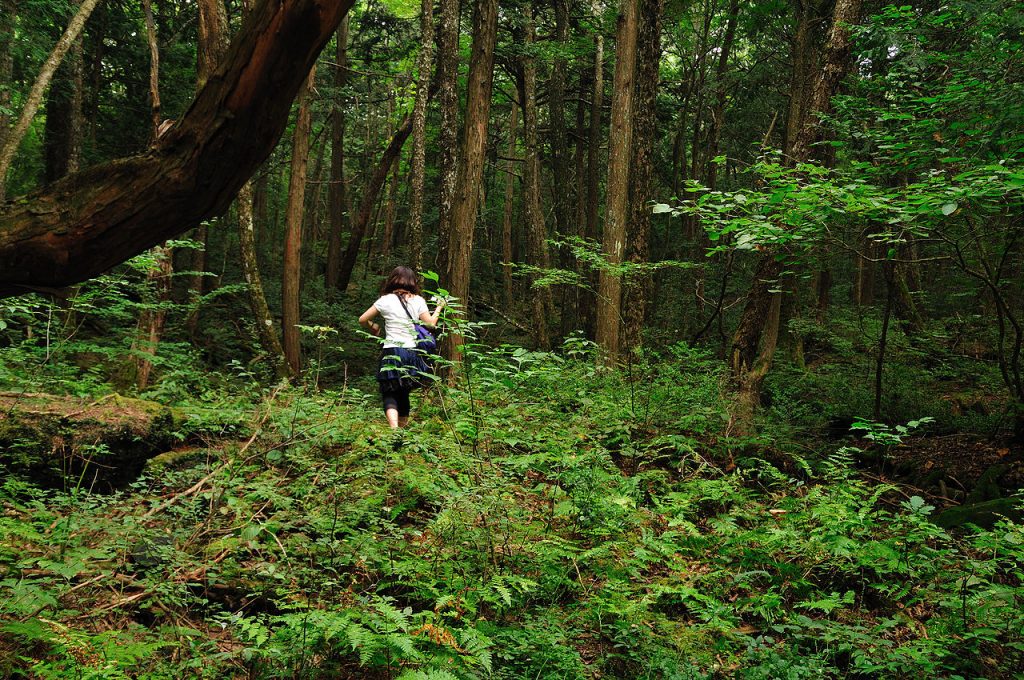
9. It is a Part of a National Park
Mount Fuji is not only a standalone attraction, but also a part of a larger and more diverse national park. Fuji-Hakone-Izu National Park, covering an area of 1,227 square kilometers, is the name of the national park. This includes Mount Fuji and its surrounding area, as well as the Hakone area, the Izu Peninsula, and the Izu Islands. The park offers a variety of natural and cultural attractions and activities, such as hot springs, lakes, waterfalls, temples, museums, and hiking trails. It is also home to many rare and endangered species of plants and animals, such as the Japanese serow, the Japanese macaque, and the Fuji cherry.
10. It is a Part of a World Heritage Route
Mount Fuji is not only a world heritage site, but also a part of a world heritage route.named Fujisan World Heritage Route. It is a circular route that connects 25 sites and attractions that are related to Mount Fuji’s cultural and natural heritage. Travelers can cover a distance of about 300 kilometers by car, bus, train, or bicycle. It also includes sites such as Sengen-jinja shrines, Oshi lodging houses, lava tree molds, lakes, springs, waterfalls, and museums. And finally, the Fujisan World Heritage Route route offers various experiences and events, such as festivals, workshops, and guided tours.
Conclusion: Amazing Facts About Mount Fuji
Mount Fuji is a symbol of Japan’s natural beauty and cultural significance. These 10 amazing facts about Mount Fuji are just an introduction. This revered mountain continues to inspire artists, invite climbers, and leave photographers in awe. You have to see it yourself to believe in its mysterious allure.
Read more:
- 6 of the Most Prominent Mount Fuji Ukiyo-e Art Prints
- Why is Mt Fuji called Fujisan?
- Introducing Two New Contemporary Mount Fuji Art Prints

At the Art of Zen we have a wide selection of original Japanese style art prints in the ukiyo-e and Japandi style. Some of our best selling work is Mount Fuji wall art and Japandi wall art.
Add some zen to your space with some art from the Art of Zen shop.
Featured image at top of Mt Fuji Crater by Fujisan World Heritage Center.
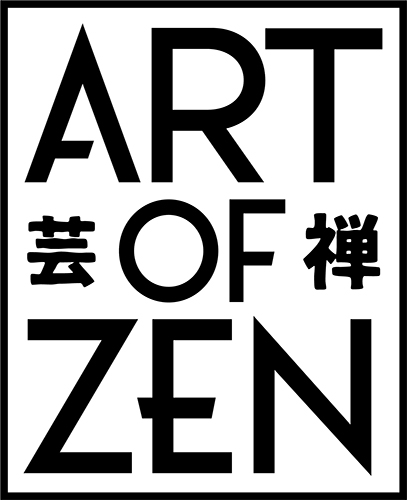

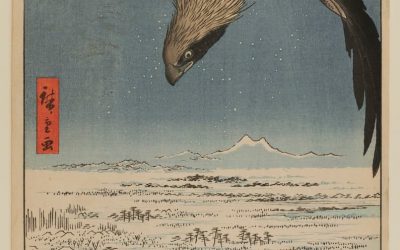

0 Comments